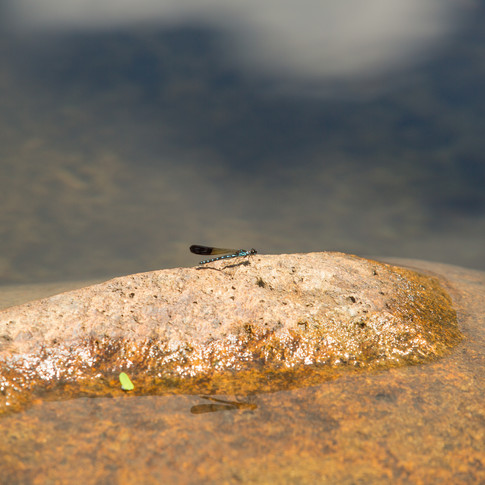Adding "WOW" to your photos....by cutting reflections
- Wildcreatures
- Mar 25, 2018
- 2 min read
A Polarizing filter is typically the first filter (landscape) and nature photographers buy to instantly improve their pictures by adding vividness and contrast to them.
This article is too short to go into all the ins/outs, advantages and how to use this great tool - you can google many good other pages for that. I simply want to point you to a distinct, and often overlooked advantage that many photographers have, and importantly, you cannot reproduce many of its great effects after the shot in post production. Compare the images below (click for larger size) of a spider hunting on a pond. The one on left has all the normal glare and normal reflection; whereas by using the polariser filter on the right this "glare" completely disappears, with a view into the water below and the vegetation.
How does it work? Due to the fact that sunlight gets bounced all over, eventually making its way into your camera at specific angles, this often appears as unwanted reflections, and dull, or hazy pictures. The polarizing filter is capable of cutting out most of the reflected light in a scene, instantly enhancing resulting photographs by increasing colour saturation and contrast.
This works amazing well with water reflections originating from ponds and lakes, but also window reflections or perhaps light bouncing off vegetation or rocks surrounding waterfalls, particularly on a wet day.
In a nutshell it works best on Water
Sky
Reflections
Reduces Haze
Enhances colour
The disadvantages:
Reduces light - by one or two f stops.
Can give some vignetting Good ones are expensive.
Sometimes, as below, i prefer the image with the reflections, here of the clouds reflecting into the pool behind the demoiselle and its own reflection. The image on the right, using the polorizor appears less interesting. As always, try and experiment for yourself.
which of the images do you prefer? please comment on our facebook page.


















Comments